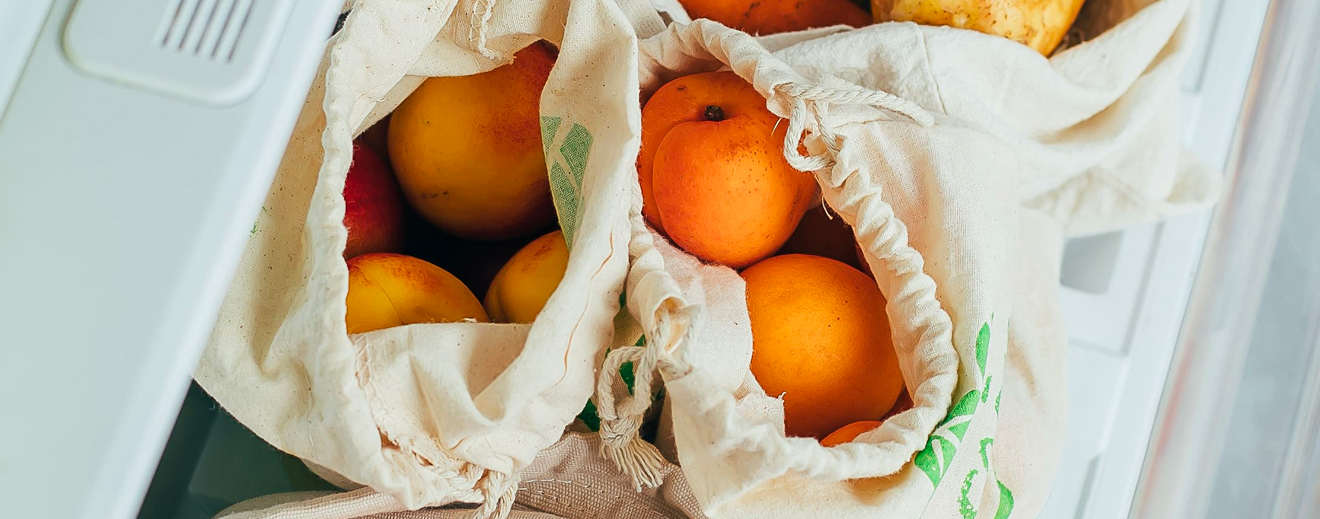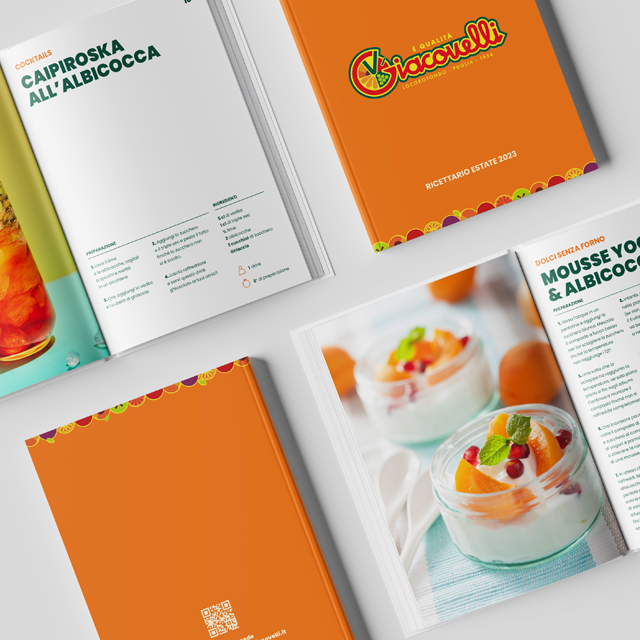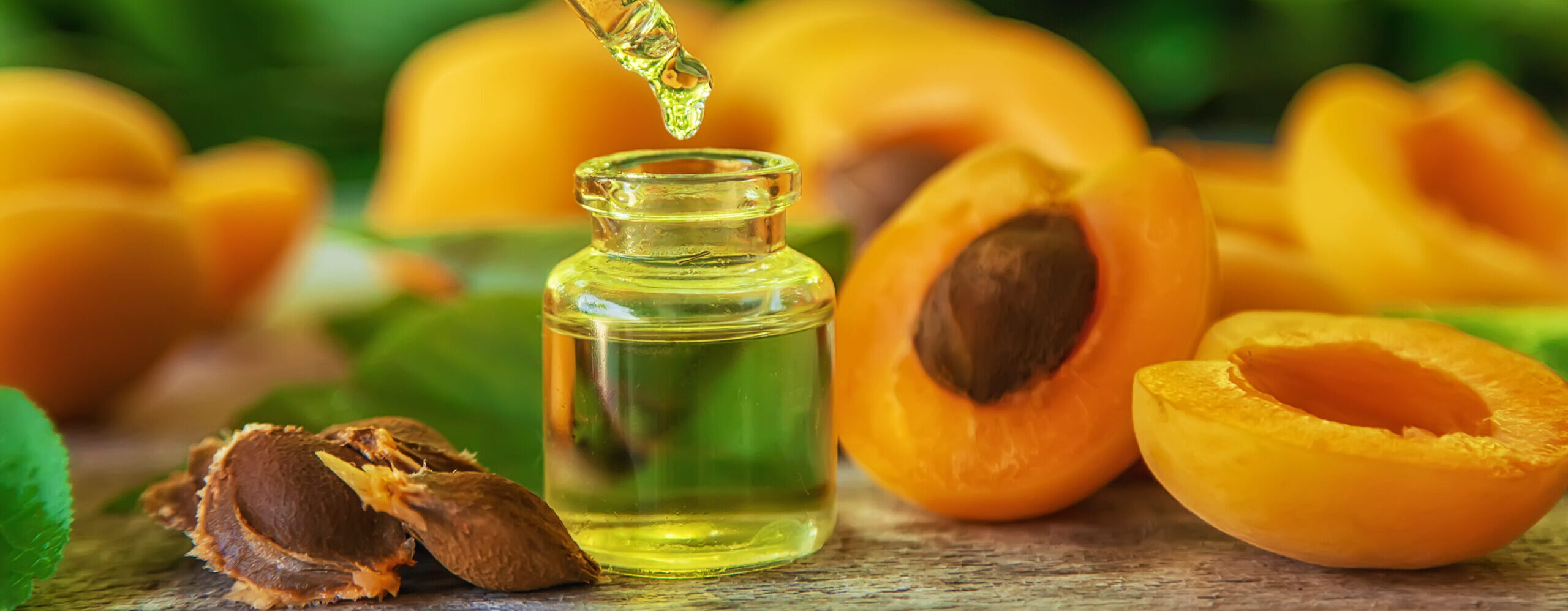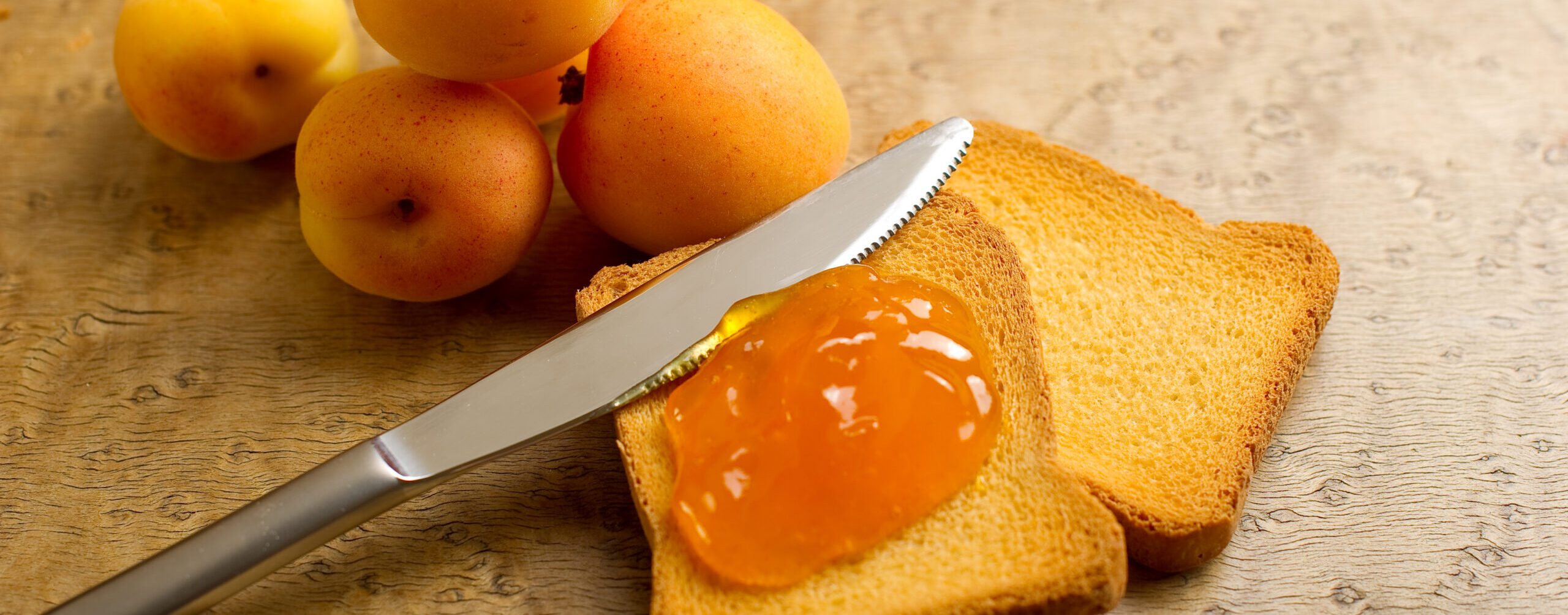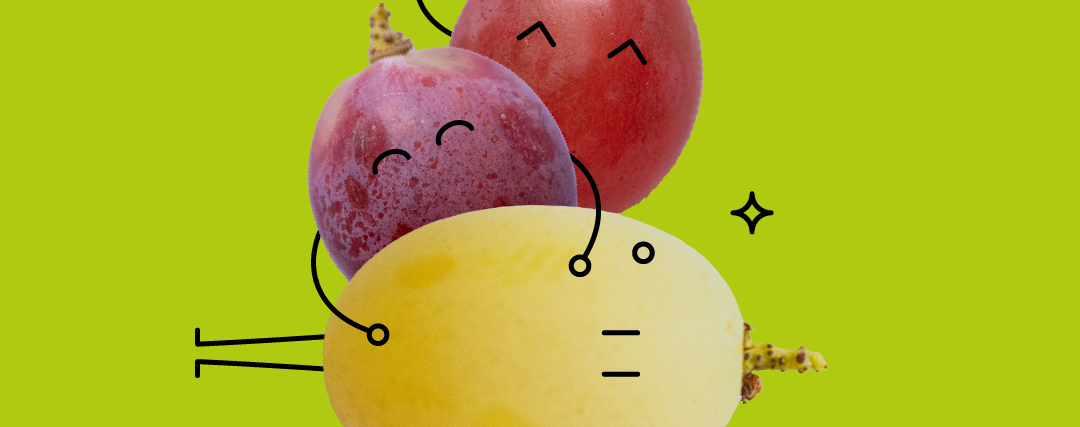“In recent years, the apricot market has been revolutionised. When the Spanish started to prune out the old cultivars in favour of the new ones, we had three to four years of relief, but today they are again masters of the market with French varieties. For our part, we can defend ourselves by putting a good product on the market that has staying power’.
The speaker is Pietro Giacovelli from the company of the same name in Locorotondo, in the province of Bari, which markets 4,500 tonnes of apricots every year.
“We, for example, test the sugar content of each variety in order to identify the right time for harvesting,” he adds. “Thus, the Pricia and Tsunami varieties, which are resistant to processing, should be harvested orange, while Rubista, which we are starting to harvest these days, must be given time to increase its Brix level, given its acidity. The campaign started with about 40 per cent less first fruits, but now volumes should return to normal and we will continue like this until September, with winter production. Cherries also got off to an underwhelming start, due to patchy hailstorms that have, to some extent, compromised the first set of fruit. “From here on, we should have an exceptional season for cherries,” explains Giacovelli. “After the rains, the split product is gradually being reduced in favour of the healthy product, which has a high Brix degree and is very tasty. In addition, after the first two splits, the fruit is now also larger in size.” At present, the Apulian company – which processes an average of five thousand tonnes of cherries per year – markets the Ferrovia variety. As in the case of apricots, the main target market is Northern Europe: Germany, Austria and Switzerland receive 70% of the production, while the remaining 30% remains in Italy. The marketing channels are the large large-scale retail chains, to which Giacovelli always proposes new sales formulas and innovative packaging.
Copyright 2018 Italiafruit News
© Italiafruit News. Tutti i diritti riservati.

